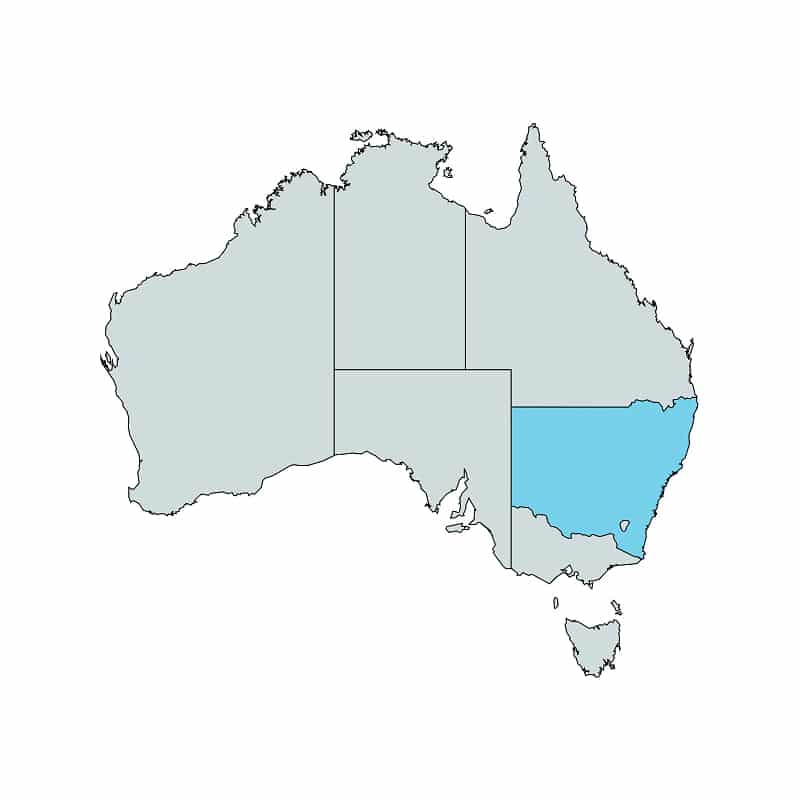The Rush Family are the current custodians of Glen Robin, a property located in Bilpin, approximately 25km northwest of Richmond, New South Wales, which has been protected by the family since 1951. Pressures to clear it and to burn it off unnecessarily have been resisted for seven decades. The area had been traversed by Daruk, Darkinjung, and Wiradjuri people for tens of millennia, and there are engravings on neighbouring properties just metres from the boundary. The property is a residence and a dedicated wildlife-friendly sanctuary, and it is the family’s intent for Glen Robin to continue to be used for conservation and education purposes.
Glen Robin covers approximately 12.9 hectares of uncleared bushland contiguous with Wollemi National Park. Vegetation types include endangered Blue Mountains Shale Cap Forest (BMSCF) only 1% of which remains anywhere, but this makes up around 80% of the property. Adjoining the Wollemi National Park is an area of Sydney Hinterland Dry Schlerophyll Forest. There are some narrow bands of forest transitional to SHDSF and Sandstone Gully Forest.
Wildlife species known to inhabit the sanctuary include swamp wallabies (Wallabia bicolor), bare-nosed wombats (Vombatus ursinus), short-beaked echidnas (Tachyglossus aculeatus), eastern brown snakes (Pseudonaja textilis), red-bellied black snakes (Pseudechis porphyriacus), tiger snakes (Notechis scutatus), diamond pythons (Morelia spilota), sugar gliders (Petaurus breviceps), greater gliders (Petauroides volans), feathertail gliders (Acrobates pygmaeus), ringtail possums (Pseudocheirus peregrinus), brushtail possums (Trichosurus vulpecula), blue-tongued lizards (Tiliqua Scincoides), yellow-bellied three-toed skinks (Saiphos equalis), bleating tree frogs (Litoria dentata), banjo frogs (Limnodynastes dumerilii), striped marsh frogs (Limnodynastes peronii) and brown antechinus (Antechinus stuartii). Recent surveys indicate the property is potential Koala habitat.
Glen Robin is also home to a wide variety of bird species including eastern yellow robins (Eopsaltria australis), firetail finches (Emblema spp.), willie wagtails (Rhipidura leucophrys), eastern whipbirds (Psophodes olivaceus), brown thornbills (Acanthiza pusilla), bowerbirds, yellow-tailed black cockatoos (Calyptorhynchus funereus), laughing kookaburras (Dacelo novaeguineae), Australian magpies (Cracticus tibicen), spotted ground thrushes (Geokichla guttata), grey shrike-thrushes (Colluricincla harmonica), crimson rosellas (Platycercus elegans), king parrots (Alisterus scapularis), Lewin’s honeyeaters (Meliphaga lewinii), eastern spinebills (Acanthorhynchus tenuirostris), tawny frogmouths (Podargus strigoides), Australian owlet-nightjars (Aegotheles cristatus), powerful owls (Ninox strenua), white-browed scrubwrens (Sericornis frontalis), rufous fantails (Rhipidura rufifrons), restless flycatchers (Myiagra inquieta), forest kingfishers (Todiramphus macleayii), emerald doves (Chalcophaps indica) and wonga pigeons (Leucosarcia melanoleuca).



